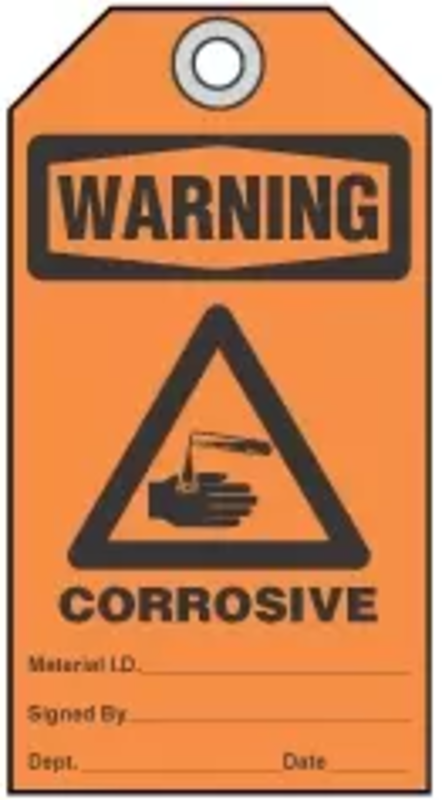Chemical Hazards In The Workplace

The OSHA Regulation CFR1910.1200 “Toxic and Hazardous
Substances” is intended to address comprehensively the issue of classifying the
potential hazards of chemicals and communicating information concerning hazards
and appropriate protective measures to employees, and to preempt any
legislation or regulatory enactments of state, or political subdivision of a
state, pertaining to the subject.
Toxic Industrial chemicals are manufactured, stored,
transported and used throughout the world. They can be found in the form of
gas, liquid or solid state. The hazards they contain include carcinogens,
corrosives and reproductive hazards. Toxic chemicals can also be highly
flammable, combustible, explosive or reactive.
Here is a partial list of high toxic chemicals found in the
workplace every day: Ammonia, Arsine, Boron trichloride, Boron trifluoride,
Carbon Sulfide, Carbon disulfide, Chlorine, Diborane, Ethylene oxide,,
Flourine, Fomaldehyde, Hydrogen Bromide, Hydrogen Chloride, Hydrogen Cyanide, Hydrogen
Floride, Hydrogen Sulfide, Nitric Acid, fuming, Phosgene, Phosphorus
Trichloride, Sulfur Dioxide, Tungsten Hexafluoride.
All Chemical manufacturers and importers of chemicals are
required to evaluate the hazards of chemicals they produce and export. They
must then provide proper labeling and complete information on each chemical
hazard in material safety data sheets. Employers are required to maintain
copies of all safety data sheets received with incoming shipments of sealed
containers of hazardous materials and obtain as soon as possible safety data
sheets for those containers received without a safety data sheet enclosed.
There are Permissible Exposure Limits (PELs) for hazardous
materials that have been established by OSHA. These include airborne
concentrations. Generally OSHA has
established 8-hour time-weighted averages for over 500 PELs. OSHA also
recognizes the extensive list of PELs established by its California Division
(Cal/OSHA.) While not enforceable in other states, the list is used to provide
valuable information throughout the country.
In addition, the American Conference of Governmental
Industrial Hygienists (ACGIH) a private, non-profit scientific association sets
guidelines on occupational health hazards. The group’s “Threshold Limit Values
Chemical Substances” committee (TLV’s) annually reviews exposure limits for
over 600 chemical substances as well as over 30 Biological Exposure Indices
(BEI’s.) The information on these lists is required to be included on safety
data sheets under the OSHA Hazard Communication Standard.